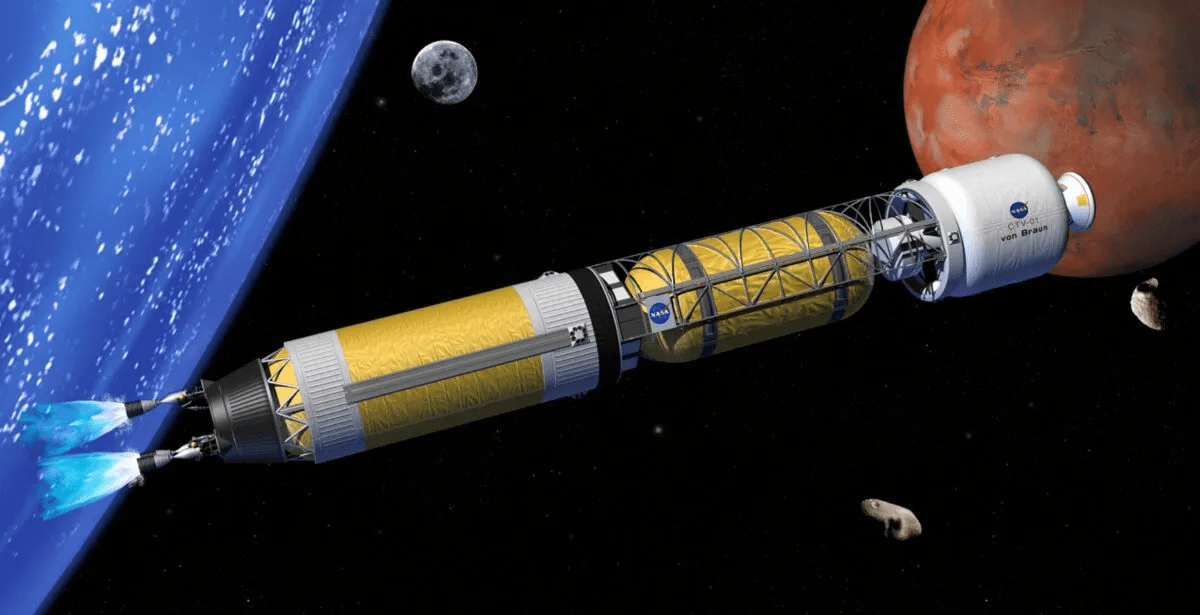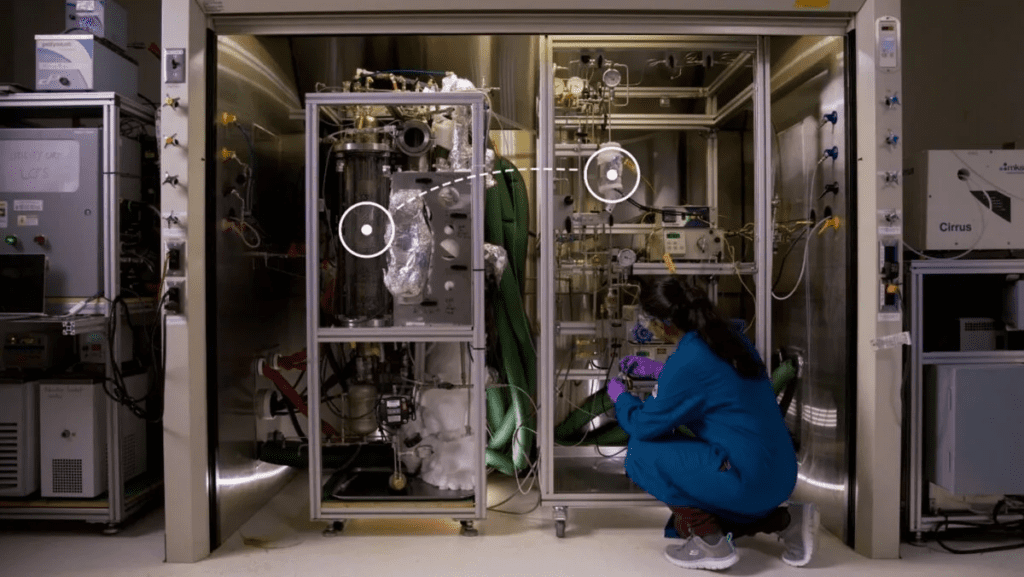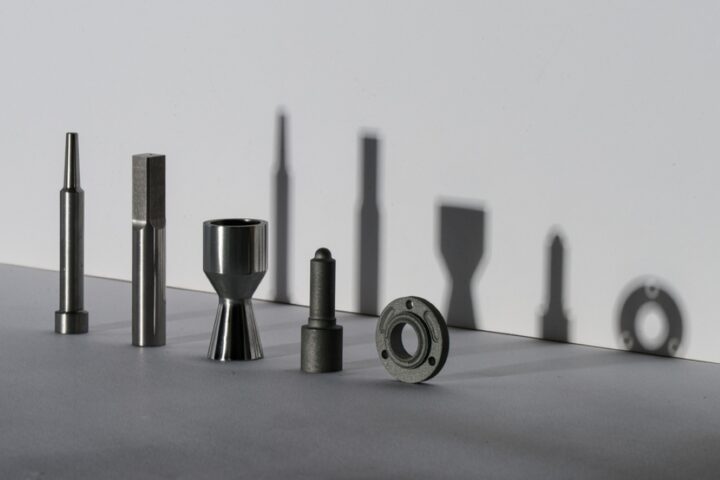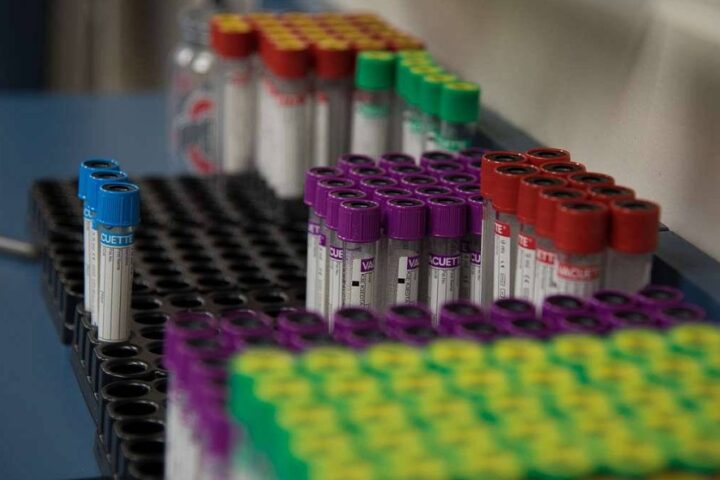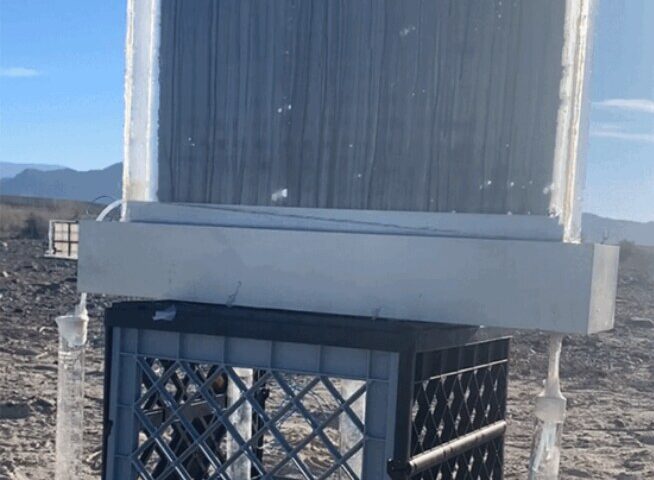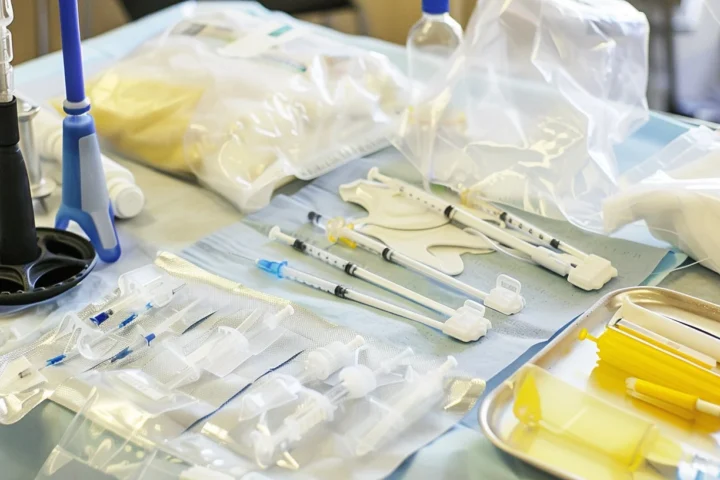NASA has announced a new funding for a cutting-edge technology that could revolutionize interplanetary travel – the Bimodal Nuclear Thermal Rocket. This advanced rocket system could potentially cut travel time to Mars from months to just 45 days, and it could be used to transport both humans and cargo across the Solar System. The bimodal design, proposed by Professor Ryan Gosse from the University of Florida, aims to significantly reduce the risks associated with space travel, such as radiation exposure. This marks a significant step towards deep space exploration and the potential for humanity to expand beyond our planet.
NASA is investing in the development of cutting-edge technology through a series of grants aimed at financing projects that have the potential to significantly improve space missions in the coming decades. One of these projects is the Nuclear-Thermal Propulsion (NTP) rocket, which has been explored by American and Soviet space programs in the past. This technology involves heating liquid hydrogen propellant in a nuclear reactor to create thrust-generating plasma, which could revolutionize space travel by reducing journey times and minimizing risks associated with interplanetary travel. This is a promising high-risk, high-reward project that NASA is investing in.
“By working together, across government and with industry, the United States is advancing space nuclear propulsion,” said Jim Reuter, associate administrator for Nasa’s Space Technology Mission Directorate. “These design contracts are an important step toward tangible reactor hardware that could one day propel new missions and exciting discoveries.”
In recent years, NASA has been exploring new ways to improve space travel, including the development of Nuclear-Electric Propulsion (NEP) technology. This technology uses a nuclear reactor to generate electricity for an engine, which then creates an electromagnetic field to ionize gas for thrust. However, Professor Ryan Gosse from the University of Florida has proposed a new, innovative approach by combining both NTP and NEP technologies through a bimodal propulsion method. This method is expected to double the speed that either technology could achieve on its own, thus revolutionizing deep space exploration and making interplanetary travel faster, safer and more efficient.
